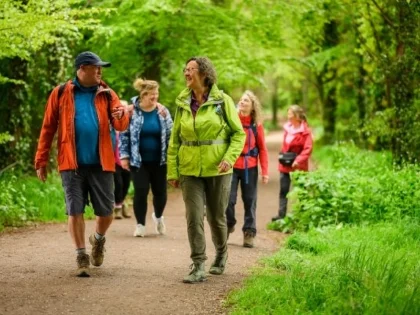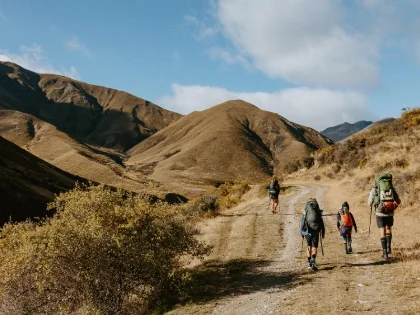Climbing Fitness - Should Climbers Go to the Gym?
It takes a lot of strength to climb such tall walls. It also calls on coordination, agility, and balance. The fact that competition climbers are well-conditioned is not surprising. The longer, slower-acting muscle cells are the focus of climbing. The bulk-producing, fatter, faster-firing muscle cells are expanded during weight exercise. Both are necessary to develop strength.
Power
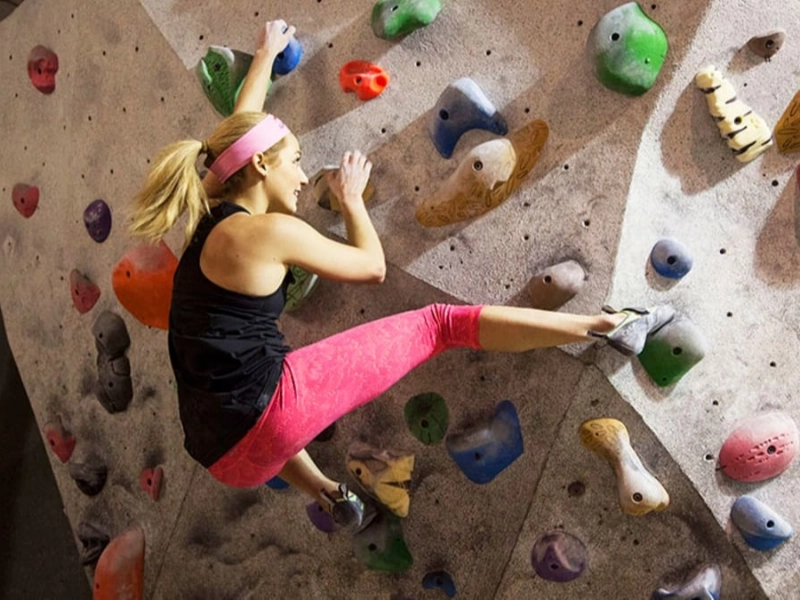
Adaptability
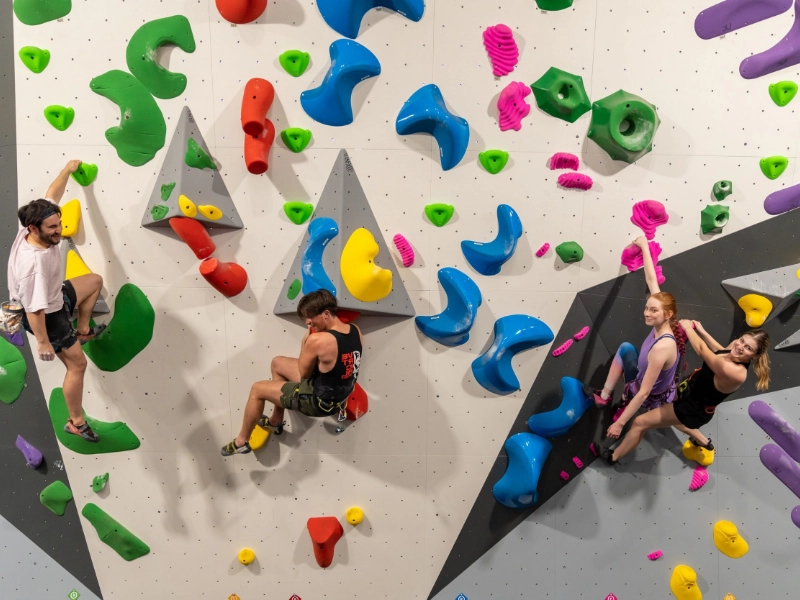 Since full-body strength is necessary for climbing, many climbers engage in some form of weight training. However, weight training gone wrong can lead to an increase in bulky muscle that actually detracts from climbing performance.
A better approach to preparing for climbing is to focus on strengthening the agonist and antagonist muscles involved in the ascent. This entails building strength in the chest, wrist flexors, core, and back for pulling motions, as well as the biceps and back to generate power from the top down. An excellent antagonist exercise is the push-up. Last but not least, lower body strength is critical, particularly for compression exercises like heel-hooks.
In addition to enhancing grip strength, dynamic flexibility also keeps you fluid on the wall and reduces the risk of injury. Although it is more difficult to measure than strength or endurance, research indicates that it might be a reliable indicator of climbing ability. Because of this, Bridgeman suggests incorporating both static and dynamic stretching activities into your workout regimen.
Since full-body strength is necessary for climbing, many climbers engage in some form of weight training. However, weight training gone wrong can lead to an increase in bulky muscle that actually detracts from climbing performance.
A better approach to preparing for climbing is to focus on strengthening the agonist and antagonist muscles involved in the ascent. This entails building strength in the chest, wrist flexors, core, and back for pulling motions, as well as the biceps and back to generate power from the top down. An excellent antagonist exercise is the push-up. Last but not least, lower body strength is critical, particularly for compression exercises like heel-hooks.
In addition to enhancing grip strength, dynamic flexibility also keeps you fluid on the wall and reduces the risk of injury. Although it is more difficult to measure than strength or endurance, research indicates that it might be a reliable indicator of climbing ability. Because of this, Bridgeman suggests incorporating both static and dynamic stretching activities into your workout regimen.
Heart-related Conditions
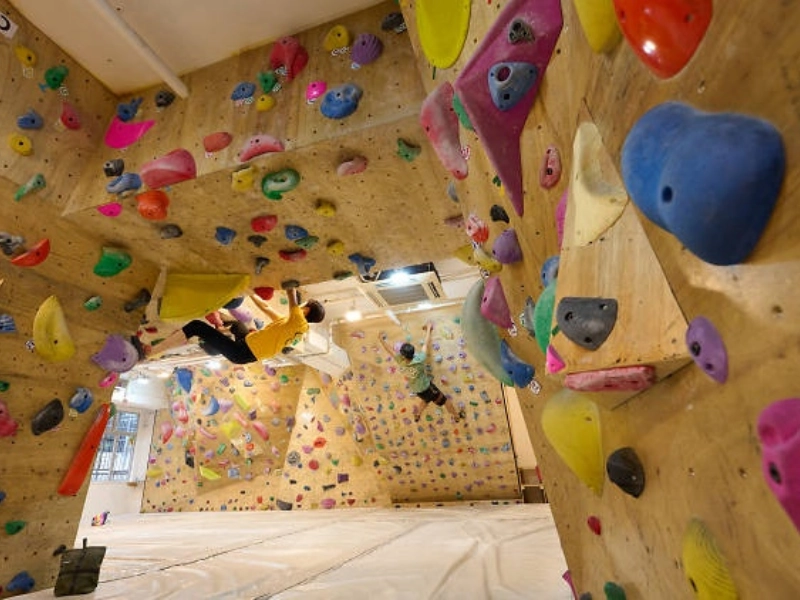 Not only does climbing strengthen your arms, shoulders, and back, but it also develops your core strength, endurance, and balance to go up walls and across rock faces. According to one study on elite athletes with USA Climbing, the combination of these muscles makes climbing a full-body activity that burns calories at a pace comparable to high-intensity aerobic activities like spinning.
Climbing a wall or a mountain requires more than just physical strength—it also requires the correct attitude. Climbing requires focus and perseverance, which can help you develop self-esteem as you overcome challenges in life and on the rock. In addition, a close-knit group of fellow climbers offers inspiration and support as you challenge yourself to new heights.
Try towel-grip pull-ups to strengthen your grip. These are an alternative to standard pull-ups that help you adduct, medially rotate, and stretch your arms at the shoulder joint by focusing on your latissimus dorsi, the big muscle in your back.
Not only does climbing strengthen your arms, shoulders, and back, but it also develops your core strength, endurance, and balance to go up walls and across rock faces. According to one study on elite athletes with USA Climbing, the combination of these muscles makes climbing a full-body activity that burns calories at a pace comparable to high-intensity aerobic activities like spinning.
Climbing a wall or a mountain requires more than just physical strength—it also requires the correct attitude. Climbing requires focus and perseverance, which can help you develop self-esteem as you overcome challenges in life and on the rock. In addition, a close-knit group of fellow climbers offers inspiration and support as you challenge yourself to new heights.
Try towel-grip pull-ups to strengthen your grip. These are an alternative to standard pull-ups that help you adduct, medially rotate, and stretch your arms at the shoulder joint by focusing on your latissimus dorsi, the big muscle in your back.
Mental Well-Being
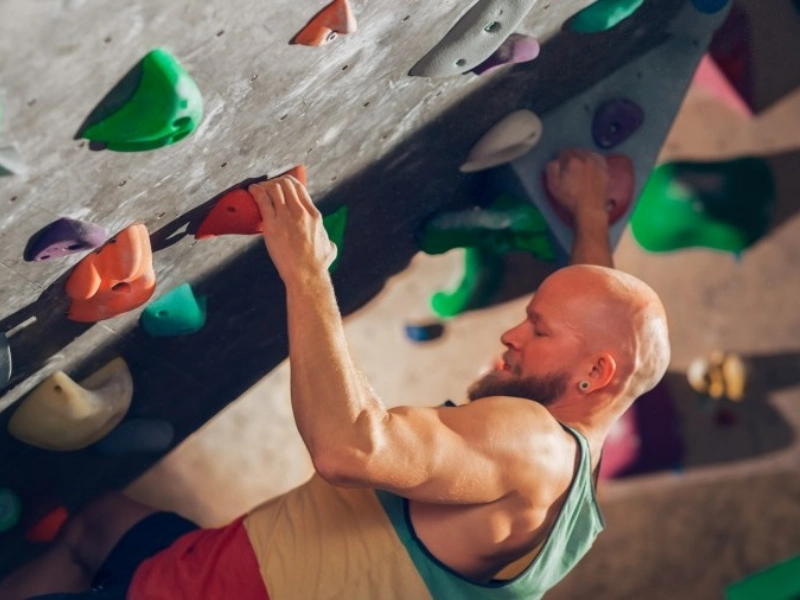 Climbing is a mentally as well as physically demanding sport. It calls for transferable skills, including being able to stay focused on the current task and think swiftly through problems. A terrific social sport, climbing is often frequently followed by drinks or coffee for climbers post-workout.
Climbing also has another component that can help with anxiety and depression: mindfulness training. You may learn to stay present even in the most stressful situations by training yourself to focus on your breath (exhaling before inhaling) and rid your mind of any distractions.
While weight training strongly loads the major muscles in your body, climbing is a great workout for anyone trying to gain strength (Gallota et al., Aras and Ewert, Luttenberger et al.). It's crucial that anyone thinking about climbing incorporate additional strength-training activities into their regimen because of this. This keeps you safe from harm and guarantees that the muscle groups you are developing are the most beneficial for your objectives.
Climbing is a mentally as well as physically demanding sport. It calls for transferable skills, including being able to stay focused on the current task and think swiftly through problems. A terrific social sport, climbing is often frequently followed by drinks or coffee for climbers post-workout.
Climbing also has another component that can help with anxiety and depression: mindfulness training. You may learn to stay present even in the most stressful situations by training yourself to focus on your breath (exhaling before inhaling) and rid your mind of any distractions.
While weight training strongly loads the major muscles in your body, climbing is a great workout for anyone trying to gain strength (Gallota et al., Aras and Ewert, Luttenberger et al.). It's crucial that anyone thinking about climbing incorporate additional strength-training activities into their regimen because of this. This keeps you safe from harm and guarantees that the muscle groups you are developing are the most beneficial for your objectives.


